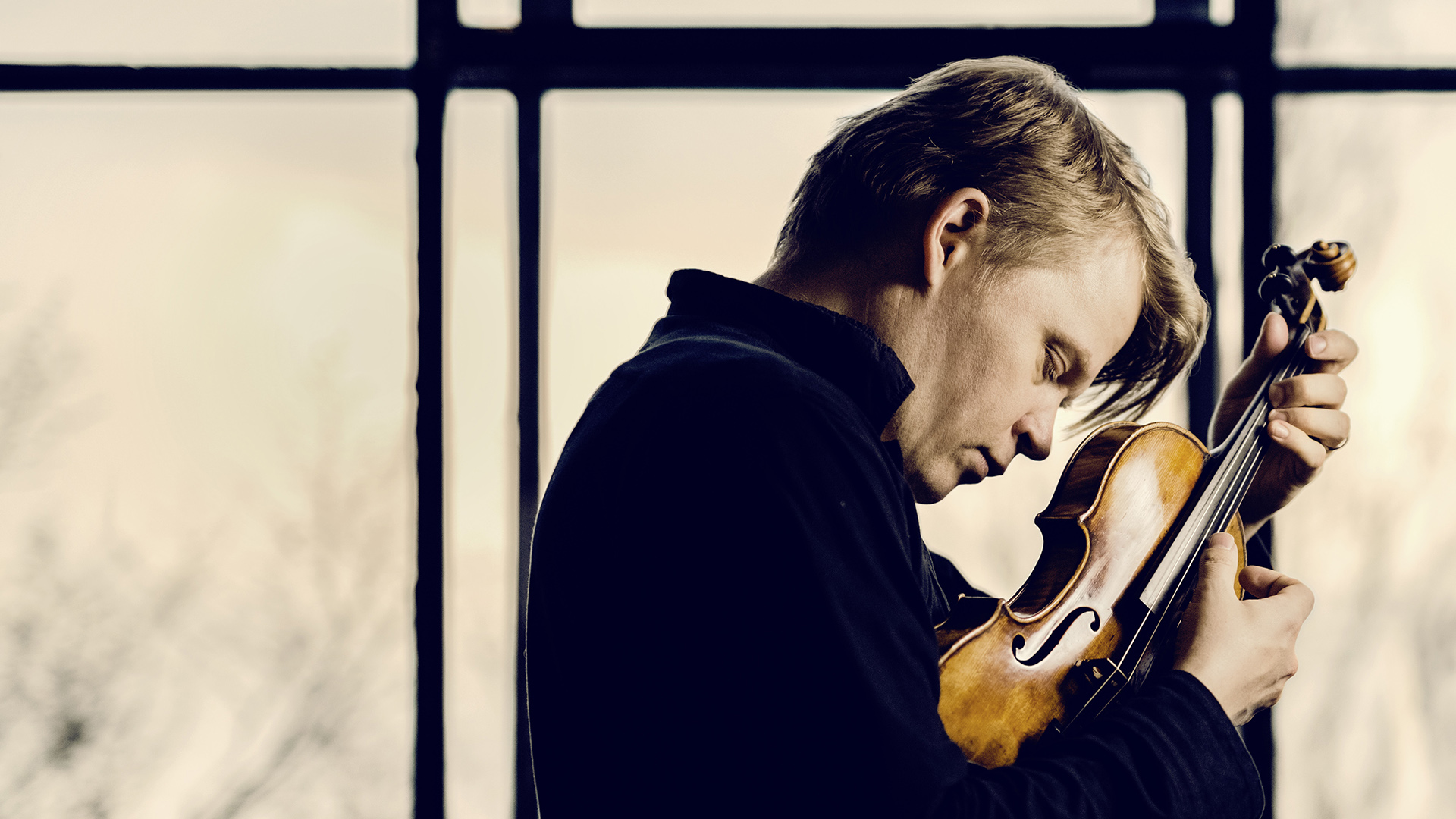Magnus Lindberg's Violin Concerto has attracted a forest of respectful reviews that compare it favourably to its iconic brethren: “charged with a Sibelius-like sense of radiating light” (The Times) and “manages to balance poetry with virtuosity, in ways that can almost stand comparison with Berg” (Gramophone).
Paul Hindemith derived a robust symphony from his opera Mathis der Maler that was enthusiastically welcomed by the public in Berlin in 1934. Just a month after its premiere, the Nazi regime responded and blacklisted the magnificent symphony, the opera and their composer.
Susanna Mälkki
Chief Conductor of the Helsinki Philharmonic Orchestra since 2016 and Principal Guest Conductor of the Los Angeles Philharmonic since 2017, Susanna Mälkki is a regular guest with the world’s most illustrious orchestras and at such opera houses as La Scala, the New York Metropolitan and the Vienna State Opera. From 2006 to 2013 she was Artistic Director of the Ensemble Intercontemporain in Paris on the invitation of Pierre Boulez and has conducted the premieres of works by many of the greatest contemporary composers. Beginning her career as a cellist and winning the Turku Cello Competition in 1994, she spent three years as principal cello in the Gothenburg Symphony Orchestra. Susanna Mälkki is a Chevalier of the Légion d’honneur in France, a Fellow of the Royal Academy of Music in London and a member of the Kungliga Musikaliska Akademien in Stockholm.
www.susannamalkki.com
Pekka Kuusisto
Pekka Kuusisto (b. 1976) was already familiar to Finnish TV viewers on winning the 1995 Jean Sibelius Violin Competition, since when he has become possibly the best-known Finnish instrumentalist beyond Finland’s borders. In recent years, he has increasingly taken to conducting as well, and most recently conducted the HPO in March this year. The Lindberg No. 1 is second to only the Jean Sibelius as Kuusisto’s most often performed concerto: as soloist, conductor or both. He also has permission to improvise instead of playing Lindberg’s own, written cadenza, and this is something he particularly enjoys. The violin part is, he says, challenging but rewarding. Getting to grips with its rhythms is good training for other concertos, too. The form is robust, and learning the concerto well bears out the motto “Per aspera ad astra”.
Kuusisto plays the Antonio Stradivari “Scotta” violin of 1709 generously loaned by a patron through the Tarisio auction house.
Magnus Lindberg: Violin Concerto No. 1
In the 1970s, Magnus Lindberg (b. 1958) was one of the emerging Finnish composers later to gain international renown and introducing some of the best-loved and most radical elements of Central European modernism into Finnish music. His breakthrough work (1985) was Kraft, the instruments of which included junkyard scrap. Over the years, his idiom has become more melodic and harmonious. His first violin concerto is probably the most performed and most highly-acclaimed of his dozen or so solo works. It has twice been recorded: by Lisa Batiashvili with the Finnish Radio Symphony Orchestra conducted by Sakari Oramo and by Pekka Kuusisto as soloist and conductor with the Tapiola Sinfonietta.
In three movements, the concerto was composed in 2006 for the Mostly Mozart festival and premiered by Lisa Batiashvili. The ghost of Mozart may, possibly for this reason, be detected in the moderately-sized ensemble, the chamber music feel of the orchestral writing and the several opportunities for the soloist to shine.
Paul Hindemith: Mathis der Maler, Symphony
Paul Hindemith (1895–1963) was one of the many German composers who suffered under the Nazi regime, though he did manage to retain his post as a teacher and even to hide his wife’s Jewish origins. Luckily, he was able to find an outlet for his feelings in his music and especially in the symphony of 1934 and the opera Mathis der Maler (Mathis the Painter) of 1938 that grew out of it.
The opera tells of the Renaissance artist Mathis Grünewald (1470–1528), who renounced his position as court artist in order to fight in the Peasants’ War of 1524–25. The libretto, also by Hindemith, is a series of scenes rather than a chronological narrative. The symphony’s three movements are based on the three sections of Grünewald’s most famous work, the Isenheim Altarpiece. The Concert of Angels is bright and evocative of hymns emanating from heaven. The second movement, Entombment, is one of renunciation, of hope and tranquillity. The most dramatic is the last, The Temptation of Saint Anthony, showing a monk beset by demons amid flame-licked ruins.
Like all Hindemith’s works, the opera was soon branded as degenerate art and banned, and in 1940 Hindemith sought refuge in the USA.

